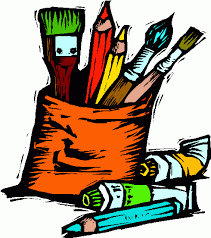
Art & Design Curriculum Intent, Implementation and Impact
INTENT:
At Seaton Sluice First School our Art and Design curriculum is designed to engage, inspire and challenge children, equipping them with the knowledge and skills to participate in, experiment with, invent and create their own works of art, craft and design. Children will be empowered to think creatively and critically. They will investigate and evaluate a wide range of creative outcomes from the past and present to develop rigorous understanding of the many disciplines within art, craft and design and how they shape our past and future.
IMPLEMENTATION:
Seaton Sluice First School’s Art and Design curriculum is built around essential knowledge, understanding and key skills. These are broken into year group expectations and show clear continuity and progress.
As a school and in accordance with the National Curriculum’s expectations, we aim to ensure that all pupils:
o Produce creative work, exploring their ideas and recording their experiences.
o Become proficient in drawing, painting, sculpture and other art, craft and design techniques.
o Evaluate and analyse creative works using the language of art, craft and design.
o Know about great artists, craft makers and designers, and understand the historical and cultural development of their art forms.
IMPACT:
The impact of our Art and Design curriculum can be seen not only in our children’s sketch books but also through classroom displays and the school environment. Everything we do is with the child in mind, and strong relationships are built between pupils and staff which create an atmosphere for learning which is conducive to success.
We measure the impact of our curriculum through the following methods:
- Summative assessment of pupil discussions about their learning.
- Images of the children’s practical learning.
- Interviewing the pupils about their learning (pupil voice).
- Pupil’s books are scrutinised and there is the opportunity for a dialogue between teachers to understand their class’s work.
- Annual reporting of standards across the curriculum.
- Producing floor books which contain samples of children’s work throughout the school demonstrating progression.